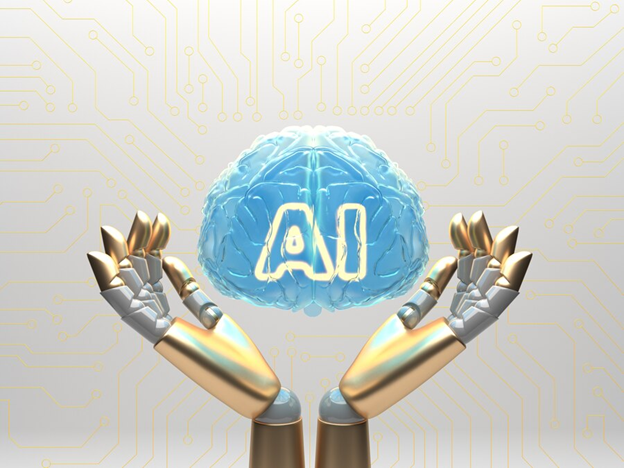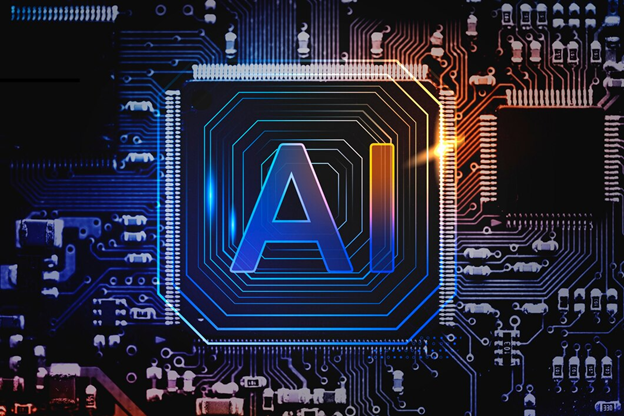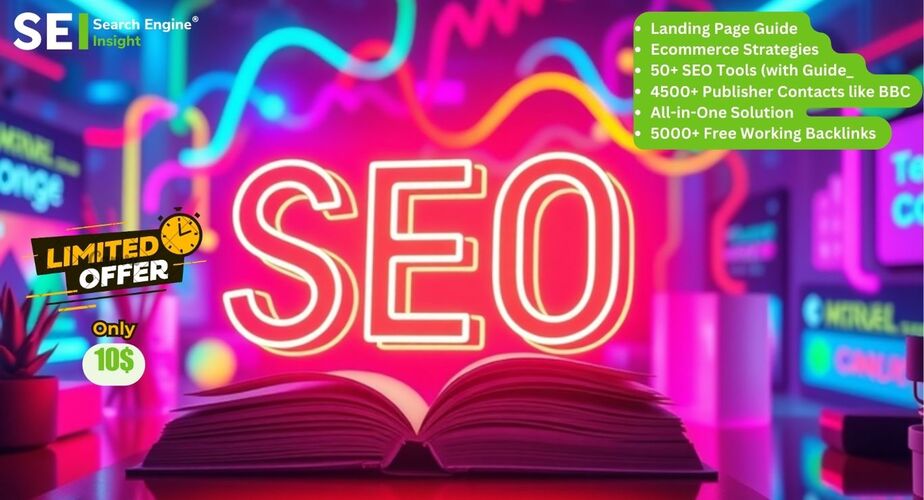How AI Enhances User Behavior Analysis for SEO
Search engines reward websites that offer a great user experience. That’s why understanding how visitors interact with a site is crucial for improving search rankings. But manually tracking every click, scroll, and bounce is nearly impossible. That’s where artificial intelligence (AI) comes in.
AI-powered tools analyze vast amounts of user data in real time, identifying patterns and trends that impact SEO. With AI Ranking, businesses can refine their strategies, optimize content, and ensure their website meets user expectations. Instead of guessing what works, AI provides clear insights into how users engage with a site—and what needs improvement.
The Role of AI in SEO
SEO has evolved significantly over the years. Gone are the days when stuffing keywords into articles was enough to rank. Today, search engines like Google prioritize user behavior, meaning that engagement metrics influence rankings just as much as content quality.
AI helps by making sense of these metrics. It collects and processes data, offering insights that would take humans much longer to uncover. From bounce rates to session duration, AI tools identify areas that need improvement and suggest practical solutions.
Key User Behavior Metrics That Influence SEO
Understanding how visitors interact with a website is essential for optimizing content and improving rankings. Here are some of the most important user behavior signals AI helps track:
Bounce Rate
A high bounce rate suggests that users leave a site without taking any action. This could indicate irrelevant content, slow page speed, or a poor user experience. AI tools analyze why visitors leave and provide recommendations to lower bounce rates, such as improving page load times or refining content relevance.
Session Duration
How long a visitor stays on a website tells search engines how engaging and useful the content is. A short session duration may indicate that users aren’t finding what they need. AI helps identify which sections of a page hold attention and which ones drive visitors away.
Click-Through Rate (CTR)
CTR measures how often users click on a webpage from search results. A low CTR might mean that the meta description or title tag isn’t compelling enough. AI-powered tools analyze search trends and suggest keyword and phrasing improvements to increase clicks.
Pages Per Session
When users visit multiple pages in one session, it signals strong engagement. AI tracks navigation patterns and suggests ways to improve internal linking, ensuring visitors explore more of the website before leaving.
Scroll Depth
Not all visitors read a full page. AI-enhanced heatmaps track how far users scroll before dropping off. If users consistently stop reading at a certain point, it may indicate content fatigue or poor formatting. AI helps by identifying ways to structure content for better readability and engagement.
AI’s Role in Predicting User Intent
User intent is one of the most critical factors in SEO today. Google’s algorithms are designed to serve results based on what a searcher is actually looking for, not just the keywords they type in. AI helps marketers understand and predict this intent by analyzing search behavior patterns.
Understanding Search Intent with AI
AI categorizes search queries into three main types:
- Navigational – Users searching for a specific website or brand.
- Informational – Users looking for answers, guides, or general knowledge.
- Transactional – Users who intend to make a purchase or complete an action.
By recognizing patterns in search queries, AI helps businesses align their content with user intent, ensuring that pages provide the right information at the right time.
AI-Powered Personalization: Delivering Better User Experiences
Generic content no longer satisfies users. Personalization is the future of SEO, and AI makes it possible. AI analyzes user behavior to tailor website experiences based on browsing history, preferences, and past interactions.
How AI Enhances Personalization
- Dynamic content suggestions – AI recommends blog posts, videos, or products based on a visitor’s previous interactions.
- Customized call-to-action (CTA) placements – AI determines the best location for CTAs to increase engagement.
- Adaptive layouts – AI reorders content dynamically, ensuring the most relevant information is displayed first.
A personalized experience keeps visitors engaged longer, leading to lower bounce rates and improved search rankings.
AI in Technical SEO: Detecting and Fixing Issues
SEO isn’t just about content—it’s also about performance. A slow or poorly structured website can push users away, harming rankings. AI-powered tools help identify and fix these issues efficiently.
Common Problems AI Helps Resolve
- Slow loading speeds – AI detects speed bottlenecks and suggests optimizations.
- Mobile usability issues – AI scans pages for design problems that affect mobile users.
- Broken links and 404 errors – AI finds navigation issues that disrupt the user experience.
- Duplicate content – AI checks for content that may confuse search engines or lower rankings.
By addressing these technical issues, websites offer a smoother experience, which positively impacts SEO.
Heatmaps and Behavioral Analytics: What AI Reveals
Heatmaps provide a visual representation of how users interact with a webpage. AI-powered heatmaps go beyond basic analytics by identifying patterns in user behavior.
AI-Driven Heatmap Insights
- Click tracking – AI shows which buttons or links receive the most interaction.
- Scroll depth analysis – AI reveals where users stop engaging with content.
- Ignored elements – AI pinpoints website features that users overlook, helping businesses optimize layout and design.
With this data, marketers can adjust their websites for better engagement, leading to improved SEO performance.
AI-Powered A/B Testing for SEO
A/B testing helps businesses determine which version of a webpage performs better. Traditional A/B testing takes time, but AI speeds up the process by analyzing multiple variables simultaneously.
How AI Enhances A/B Testing
- Headline and meta description testing – AI evaluates different wording styles to maximize CTR.
- CTA optimization – AI determines which colors, placements, and phrasing lead to higher conversions.
- Content format analysis – AI tests whether users prefer text, video, or interactive content.
By continuously refining web pages based on real-time user behavior, AI helps businesses optimize their SEO efforts efficiently.
The Future of AI in SEO
AI’s role in SEO is expanding rapidly. Emerging trends suggest even greater integration between AI and search optimization:
- Voice search optimization – AI improves voice recognition and refines content for conversational search.
- Sentiment analysis – AI assesses user feedback and online reviews to gauge brand perception.
- Predictive content strategies – AI identifies rising trends before they peak, allowing businesses to create content ahead of competitors.
As search engines become more advanced, businesses that embrace AI-driven strategies will maintain a competitive edge in rankings.

Final Thoughts
AI is transforming the way businesses approach SEO. By analyzing key user behavior metrics—such as bounce rates, session duration, and engagement—AI tools provide valuable insights that help websites rank higher.
From personalizing content to fixing technical issues, AI enhances every aspect of user experience, ensuring websites meet both user expectations and search engine requirements.
SEO success is no longer just about keywords—it’s about understanding and adapting to user behavior. And with AI, businesses can do that better than ever.




